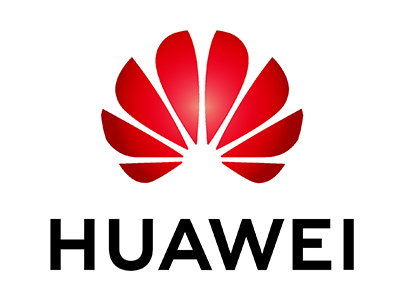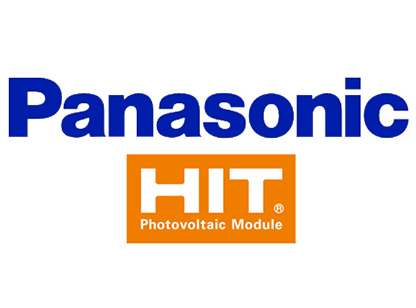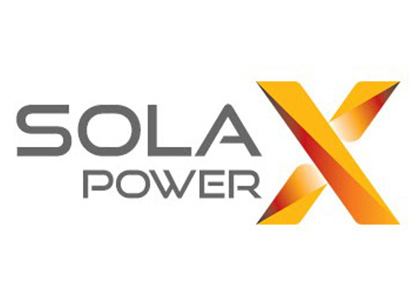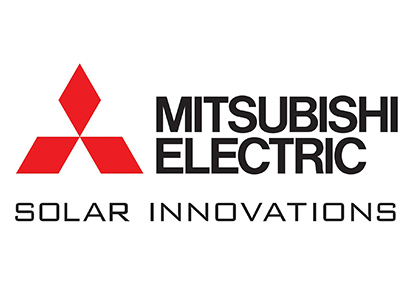DIRECT CONVERSION INTO ELECTRIC POWERGRID CONNECTED PV SYSTEM
OFF-GRID PV HYBRID SYSTEM
Solar Photovoltaic Technology (PV) cell, commonly called a solar cell, is a nonmechanical device that converts sunlight directly into electricity. Some PV cells can convert artificial light into electricity.Sunlight is composed of photons, or particles of solar energy. These photons contain varying amounts of energy that correspond to the different wavelengths of the solar spectrum.
A PV cell is made of semiconductor material. When photons strike a PV cell, they may reflect off the cell, pass through the cell, or be absorbed by the semiconductor material. Only the absorbed photons provide energy to generate electricity. When the semiconductor material absorbs enough sunlight (solar energy), electrons are dislodged from the material’s atoms.
Special treatment of the material surface during manufacturing makes the front surface of the cell more receptive to the dislodged, or free, electrons so that the electrons naturally migrate to the surface of the cell.
Solar Photovoltaic Technology
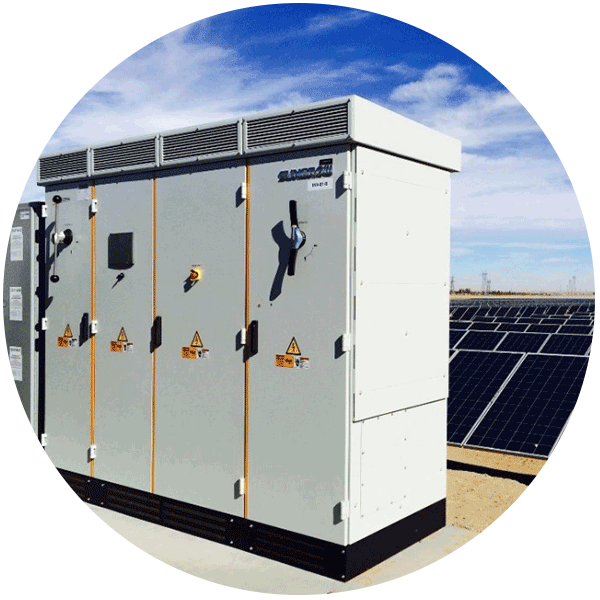
PV Grid-Connected & Hybrid System Integrator

O&M Equipment and Services
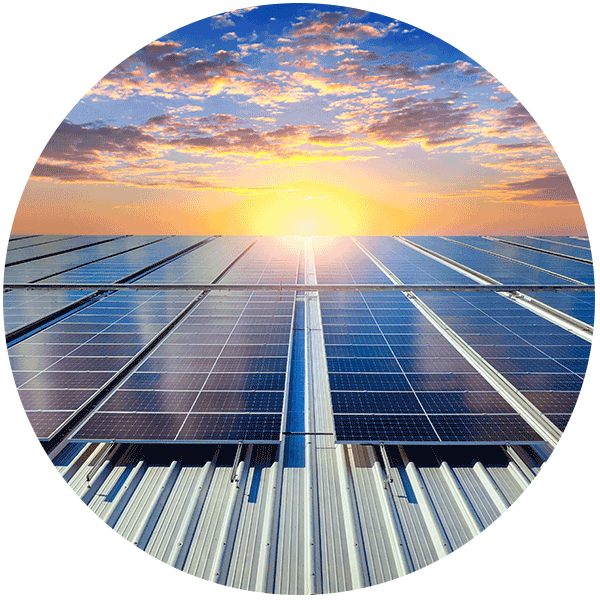
Large Scale Solar Farm Management
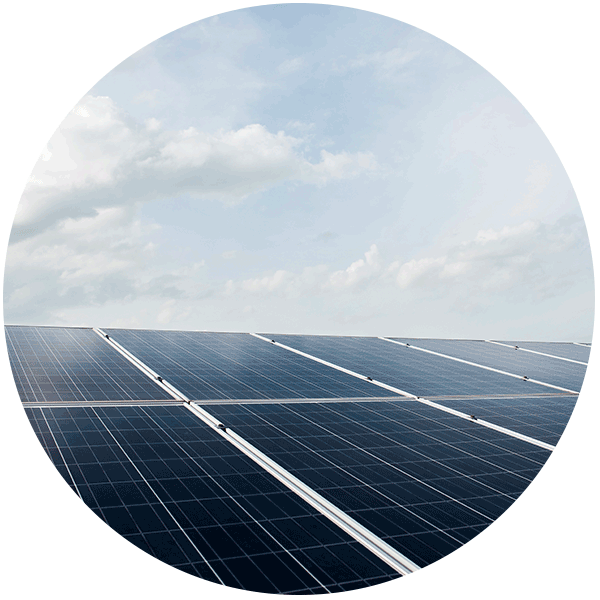
Interconnection Design & Facilities
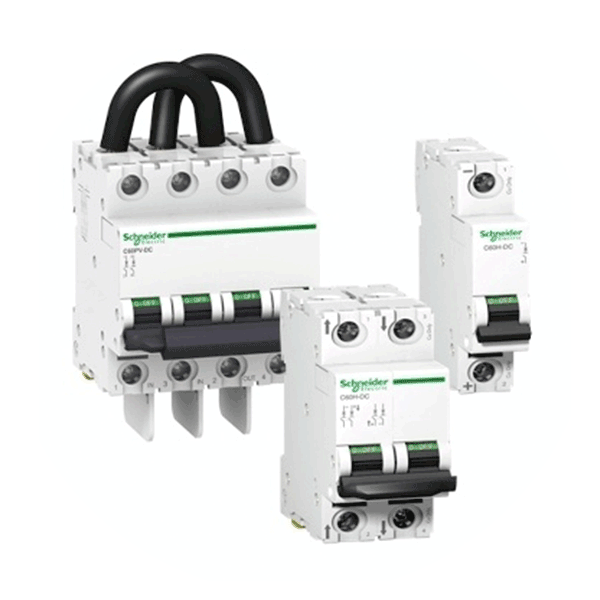
PV Weather Remote Monitoring System Solution
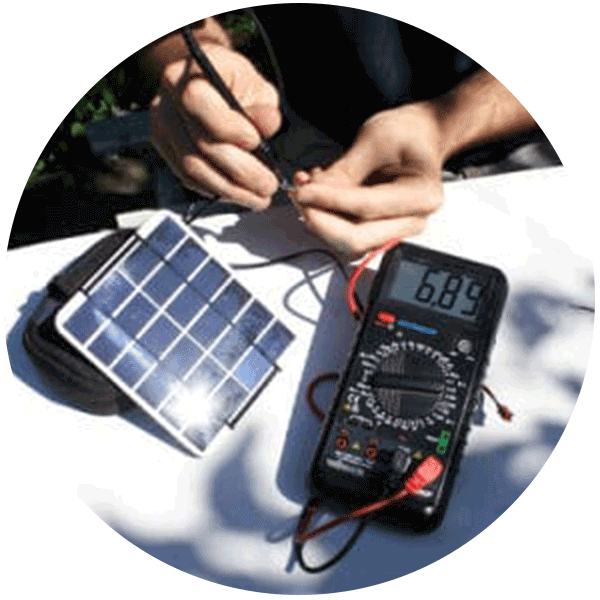
Photovoltaic Measurement & Calibration Equipment

Training & Skill Development
Off-Grid Hybrid Photovoltaic System Design



